Introduction
Japanese art is a repository of history, culture, and profound symbolism. Each element, whether drawn from nature, folklore, or religion, carries a rich narrative that has been cherished and preserved through generations. This article unfolds the tapestry of the 10 iconic symbols of Japanese art: sakura, Japanese crane, Mt Fuji, koi, bamboo, peacock, chrysanthemum, pine, kitsune, and neko, exploring their meanings and manifestations in Japanese aesthetics.
Each of the following descriptions of symbols includes examples from the ukiyo-e Japanese woodblock art genre.
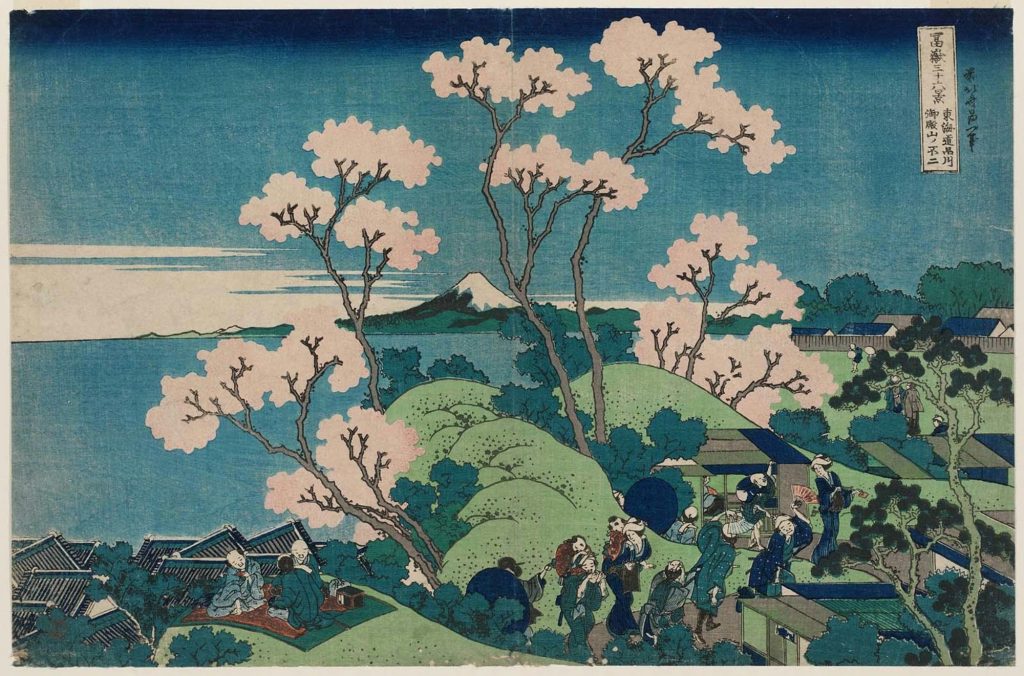
Sakura: The Cherry Blossom
The sakura, or cherry blossom, is quintessentially Japanese, symbolizing the ephemeral nature of life. Its fleeting beauty, which peaks for only a short period each spring, has inspired countless festivals. Sakura’s significance stretches from ancient times to modern-day art, where it embodies both joy and melancholy.
For an in-depth look read: The Significance of Sakura in Japanese Art.
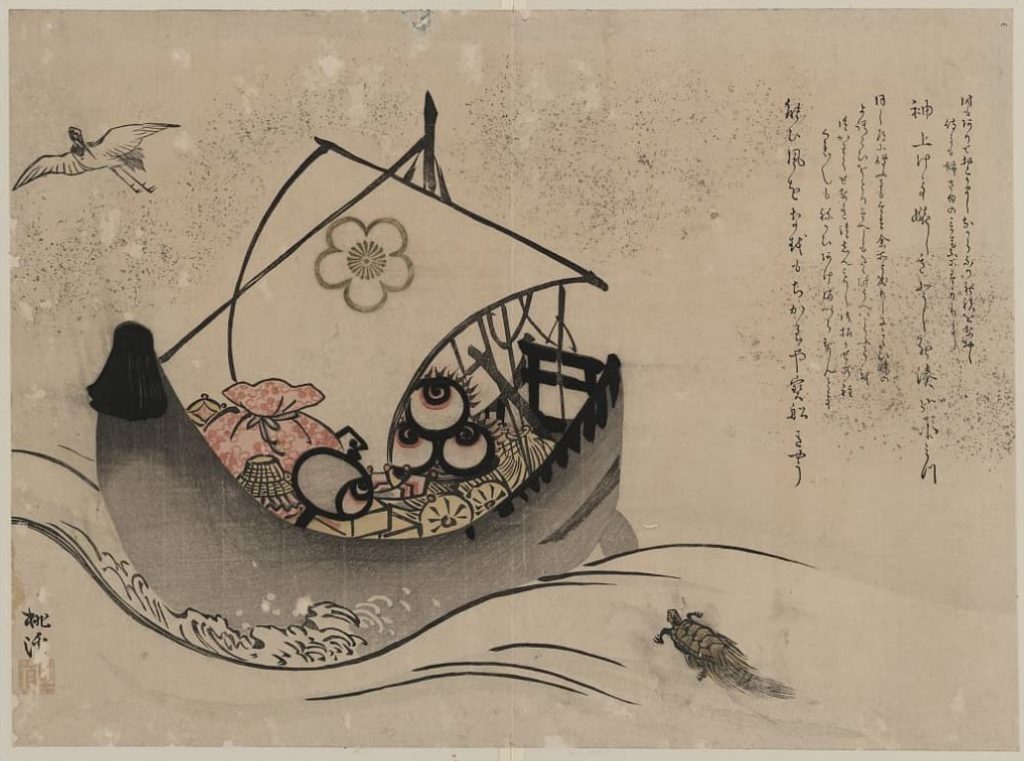
Japanese Crane: A Symbol of Longevity
Cranes are revered in Japanese culture for their graceful elegance and are believed to live for a thousand years, representing longevity and good fortune. This symbol permeates Japanese art, from intricate origami creations to majestic paintings, echoing a wish for enduring happiness and health.

Majestic Mt Fuji: Japan’s Sacred Mountain
Mt Fuji is more than Japan’s highest peak; it’s a sacred symbol of aspiration, peace, and endurance. Artists and poets have long been captivated by its symmetry and serenity, making it a recurring motif in ukiyo-e prints and contemporary photography.
Here are 9 Reasons for the Importance of Mount Fuji in Japanese Culture.
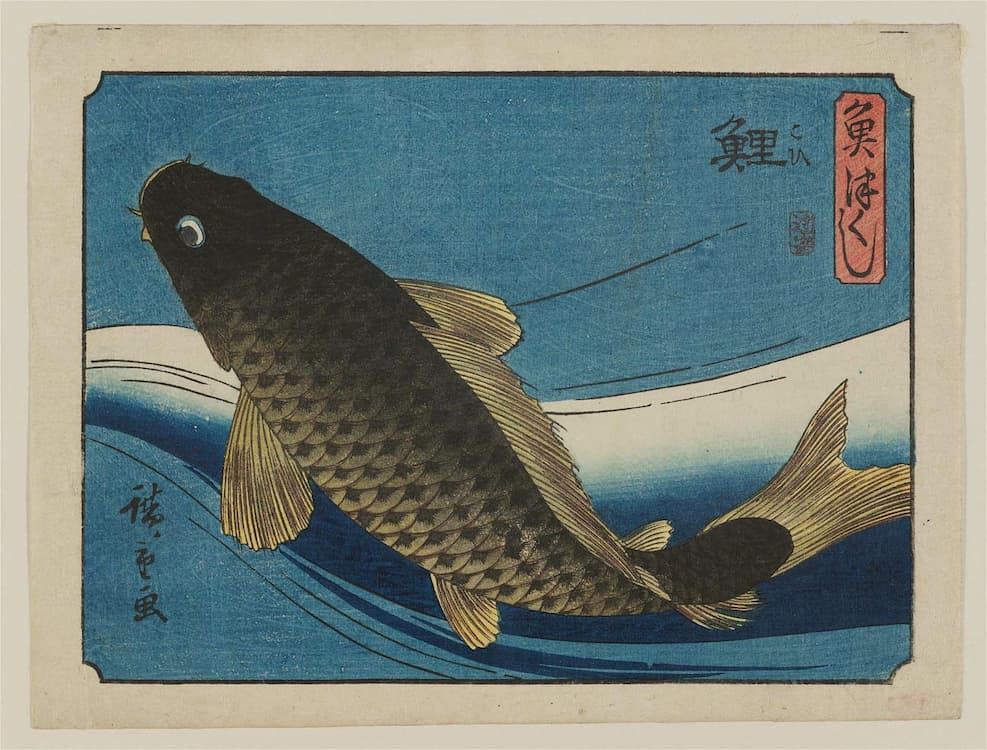
Koi Fish: Icons of Love and Persistence
The koi fish, with its vibrant hues and energetic vitality, stands as a symbol of love, perseverance, and overcoming adversity. The legend of the koi ascending the Dragon Gate and transforming into a dragon underscores its symbolism in Japanese art, where it adorns everything from garden ponds to detailed scroll paintings.
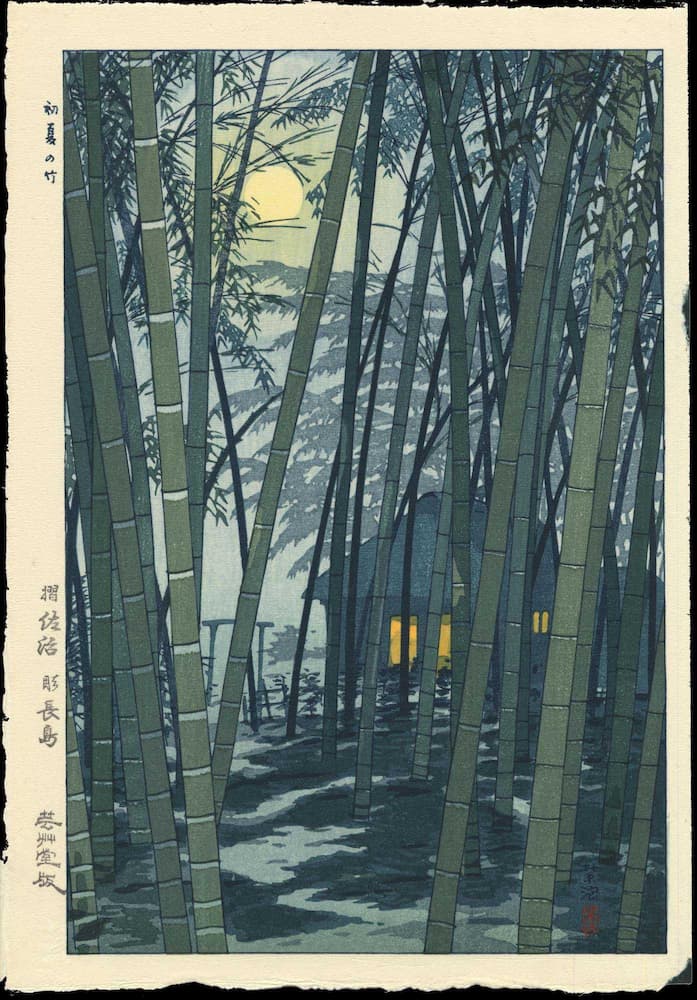
Bamboo: Resilience and Flexibility
Bamboo is admired for its strength, flexibility, and rapid growth, reflecting the values of resilience and adaptability. Its presence in Japanese art reminds us of the ability to bend without breaking, a principle deeply embedded in Japanese philosophy and aesthetics.
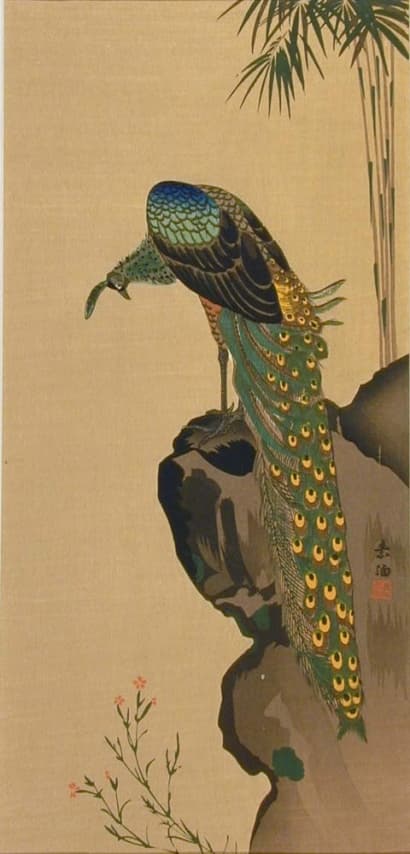
The Peacock: A Symbol of Beauty and Nobility
Though not native to Japan, the peacock has been integrated into Japanese art and symbolism, representing nobility, compassion, and the beauty of nature. Its depiction in tapestries and ceramics showcases the global influences on Japanese artistic expressions.
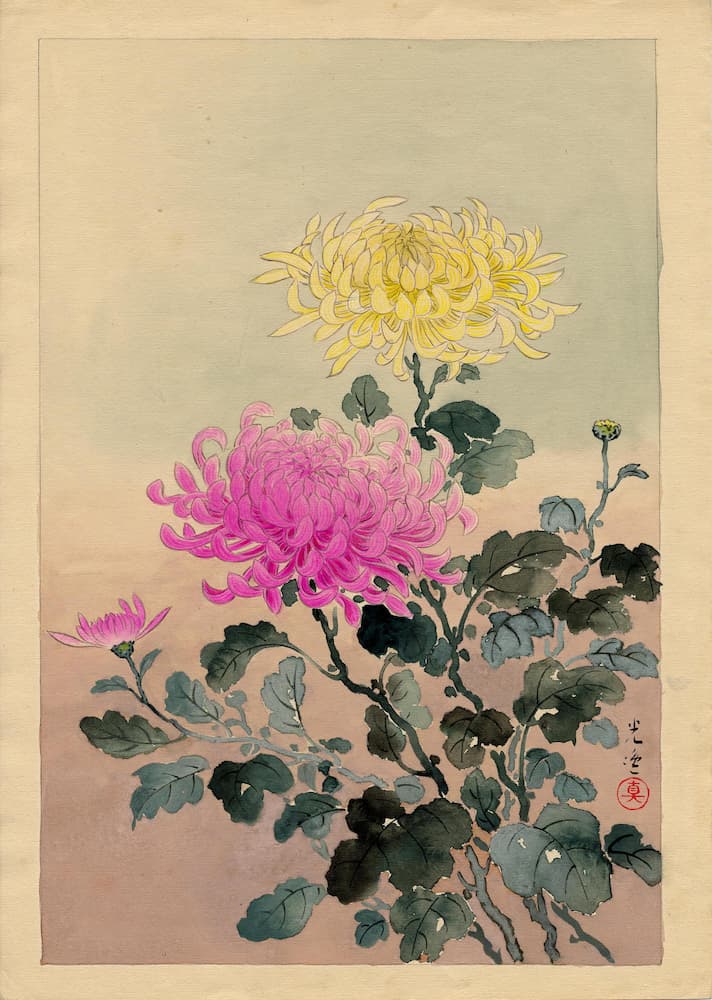
Chrysanthemum: The Imperial Flower
The chrysanthemum, or kiku (菊), is a symbol of longevity and rejuvenation, associated with the Japanese Imperial family. Its intricate petals are celebrated in festivals and art, representing perfection and the turning of the seasons.
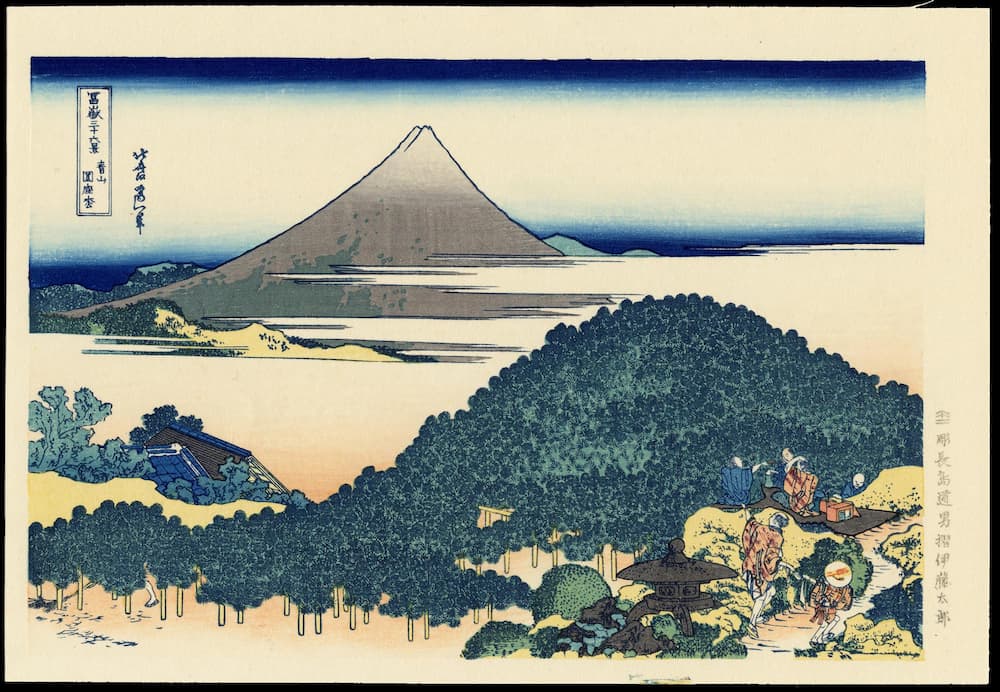
Pine: Emblem of Eternal Life
Pine trees symbolize longevity, eternal youth, and steadfastness, valued for their greenery throughout the year. Artworks featuring pine often accompany new year celebrations, embodying wishes for a long and prosperous life.
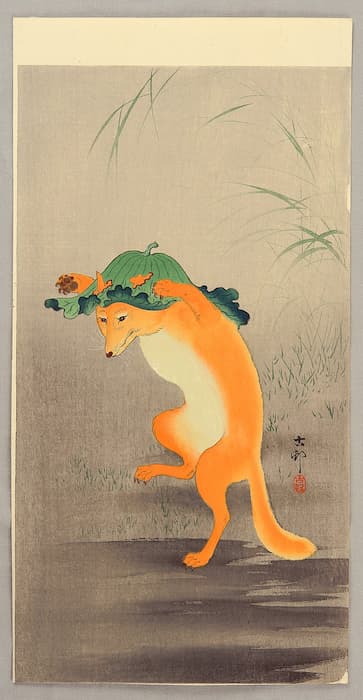
Kitsune: The Mystical Fox
Another symbol in Japanese art is the Kitsune, the mythical fox. In Japanese folklore, its is capable of trickery and transformation, yet also acting as a messenger of Inari, the deity of rice and prosperity. Its dual nature is explored in various art forms, from ancient pottery to modern manga.
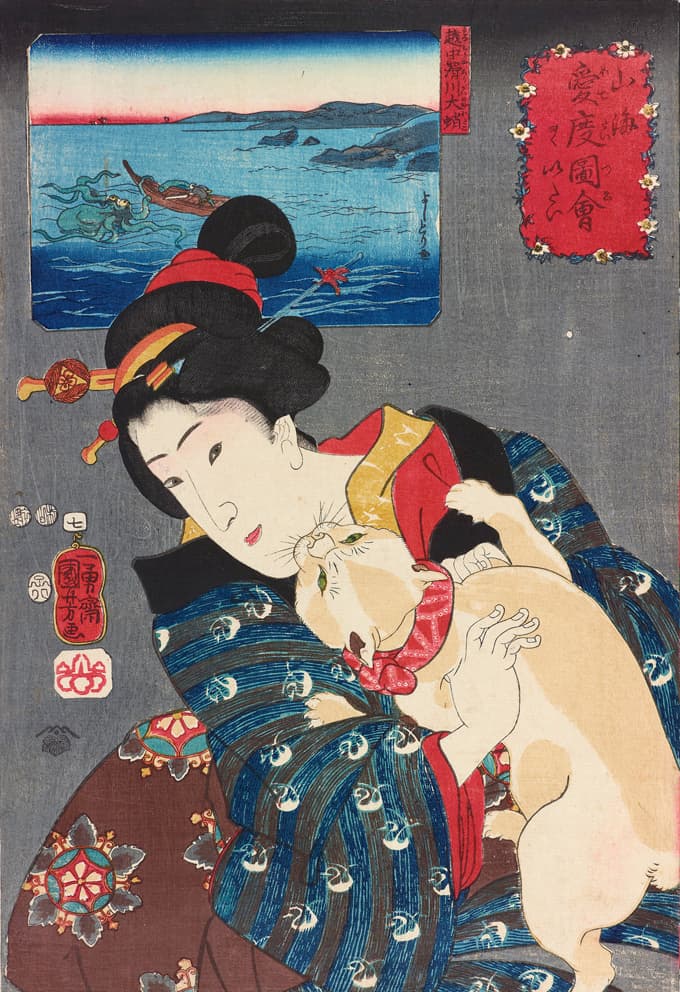
Neko: The Beckoning Cat
The Maneki-Neko, or beckoning cat, is a talisman for good luck and prosperity. Originating from the Edo period, this symbol has transcended its cultural roots, finding a place in businesses and homes worldwide, often depicted in statues and paintings.
Other Prominent Symbols in Japanese Art
Beyond these ten symbols, Japanese art is rich with motifs drawn from nature, mythology, and daily life, each carrying deep cultural significance. Ukiyo-e art often featured Geisha (Bijin-ga), Samurai (Musha-e), and Kabuki actors. The integration of these elements into contemporary art highlights the enduring influence of traditional Japanese aesthetics on global culture.
For an in-depth look read: The Symbolism of Wildly Popular Japanese Woodblock Art.
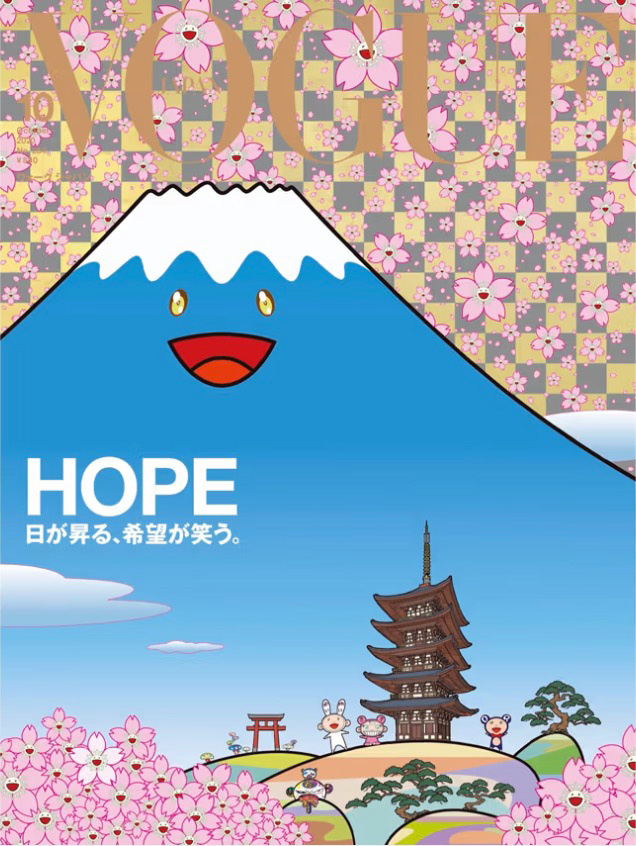
The Influence of Japanese Art Symbols on Global Culture
The symbols of Japanese art have transcended their origins, influencing design, fashion, and pop culture around the world. Their universal themes of nature, life, and spirituality resonate globally, demonstrating the timeless appeal of Japanese aesthetics.
Conclusion
Japanese art symbols, from the ephemeral sakura to the majestic Mt Fuji, embody deep cultural and spiritual values. They reflect universal themes like impermanence, resilience, and harmony with nature, transcending time and culture. These symbols connect the past with the present, offering insights into the human experience and the natural world. Their global resonance highlights art’s power to transcend boundaries, speaking to universal human experiences. Through these timeless symbols, we are invited to reflect on our own existence and find beauty and inspiration in the world around us.
Read more:
- The 12 Most Important Ukiyo-e Artworks of All Time
- 11 Most Influential Ukiyo-e Artists: Masters of Japanese Woodblock Prints
- From Sacred Entrances to Artistic Marvels: The Enchanting World of Torii Gates in Japan
- Evolution of Japanese Woodblock Art: Ukiyo-e, Shin-Hanga, and Sosaku-Hanga
- Collecting Ukiyo-e Art: A Guide for Beginners

At the Art of Zen we have a selection of original Japanese art prints in the ukiyo-e and Japandi style. Some of our best selling work is Mount Fuji wall art and Japandi wall art.
Add some zen to your space with brilliant original art from the Art of Zen shop.
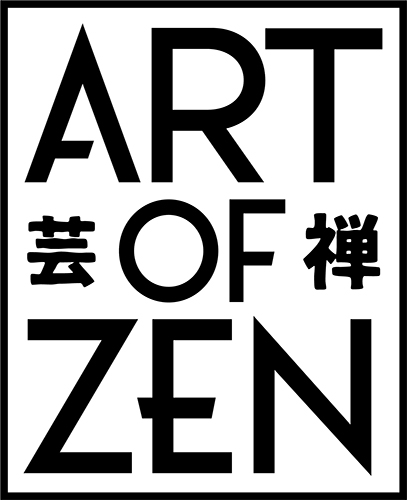
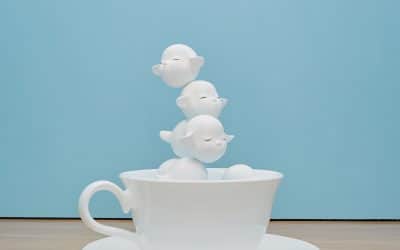
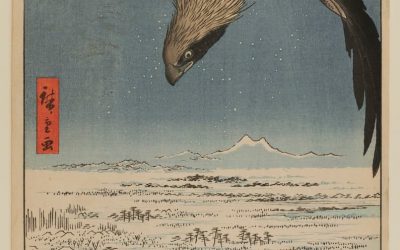

0 Comments